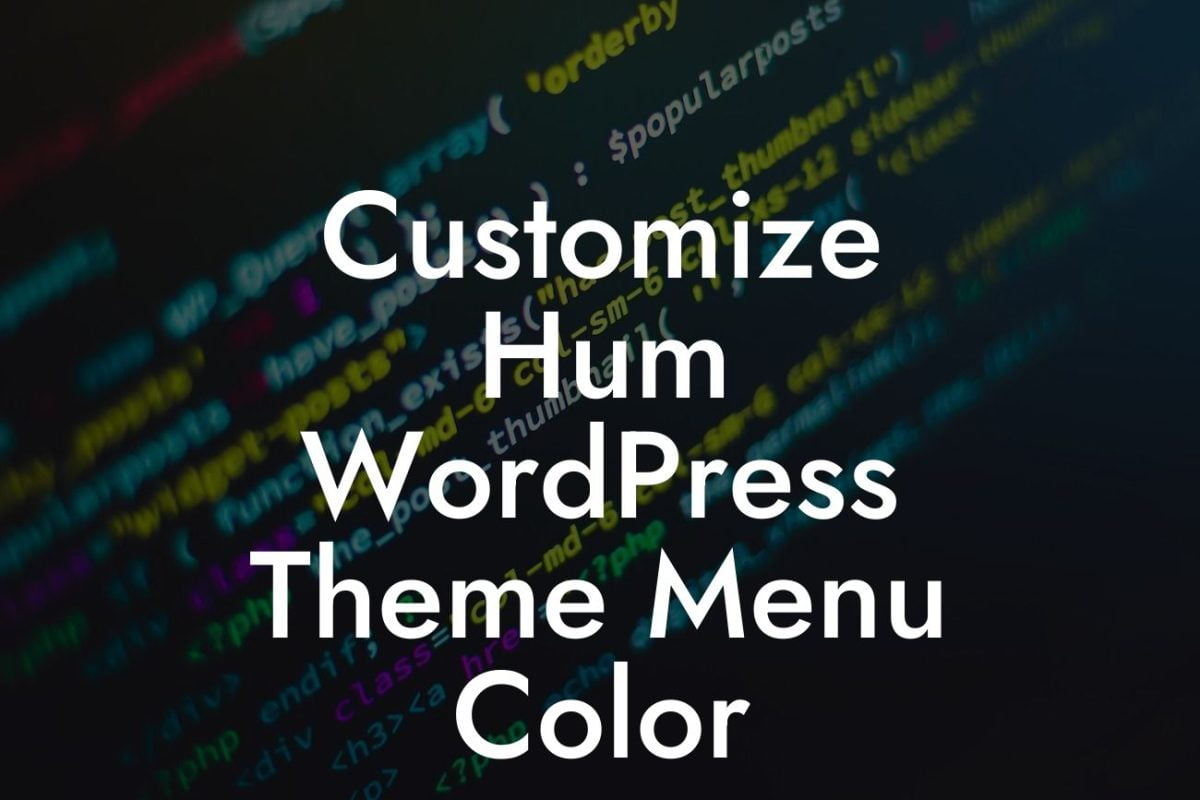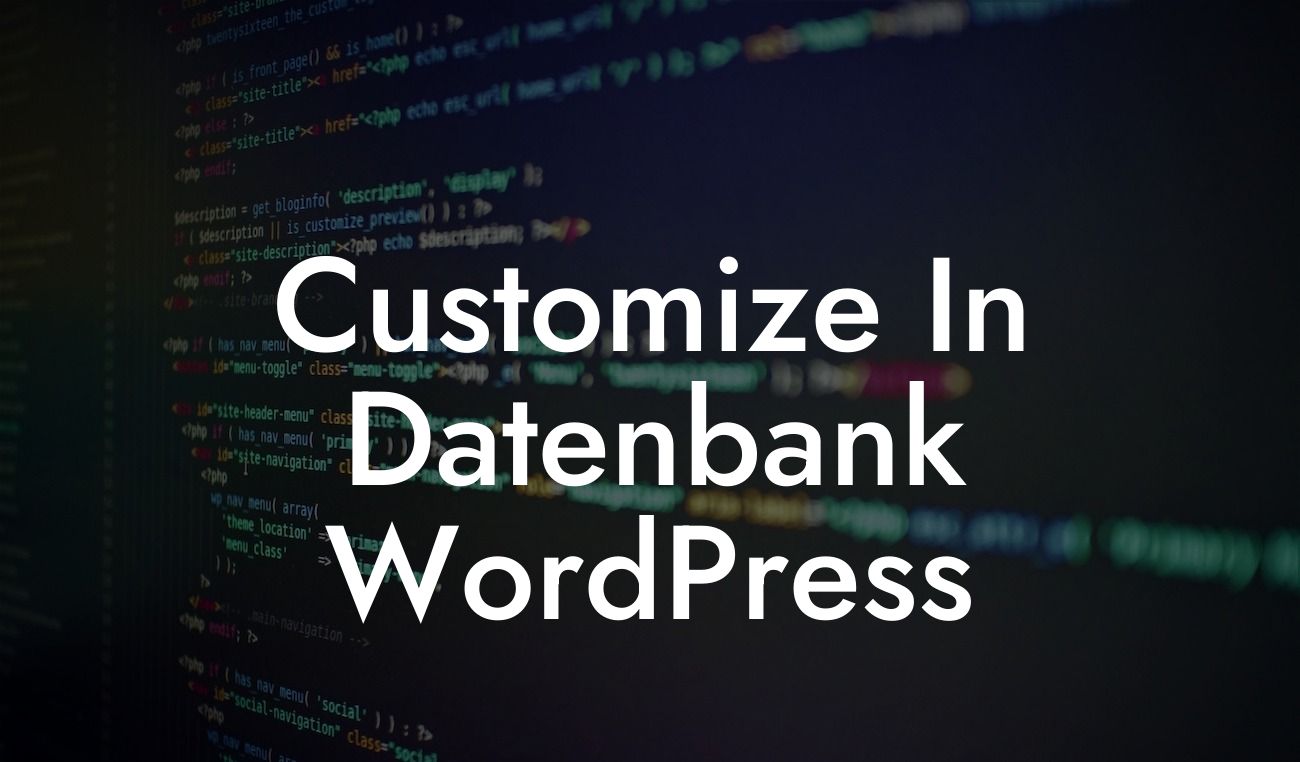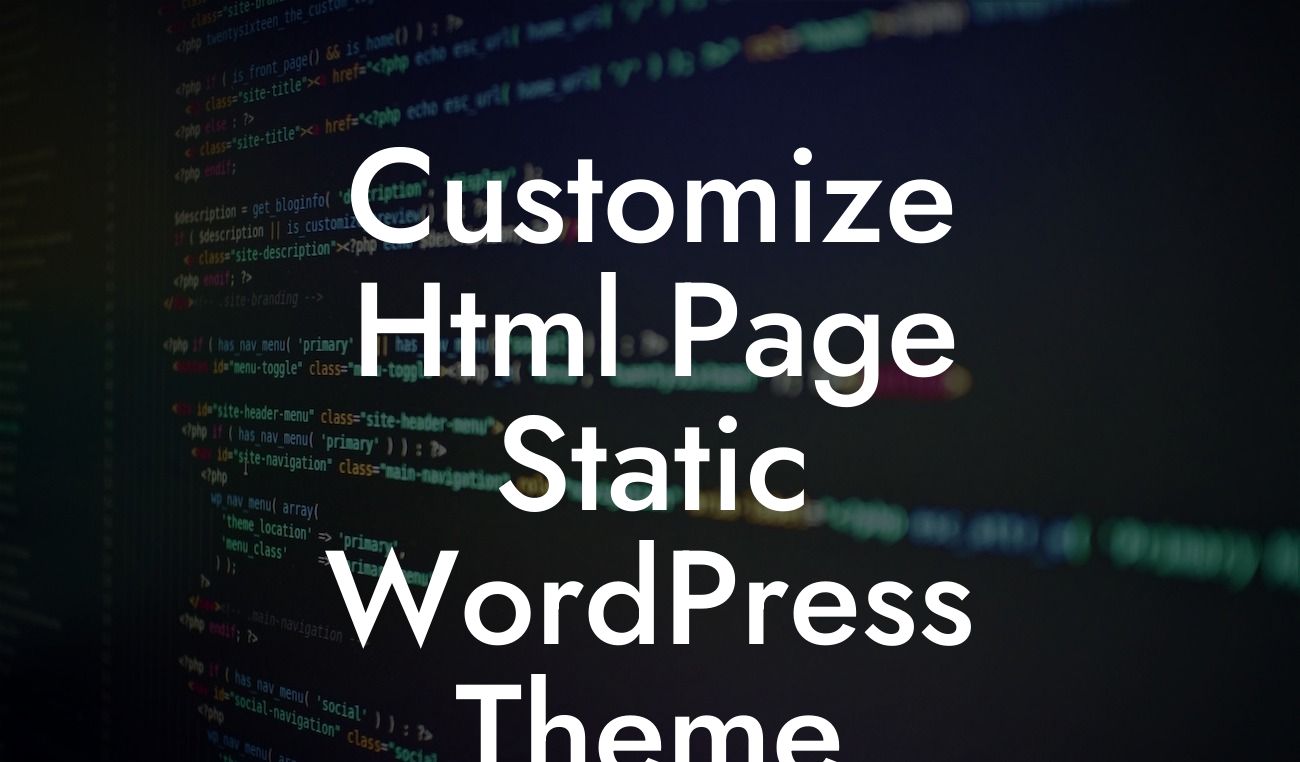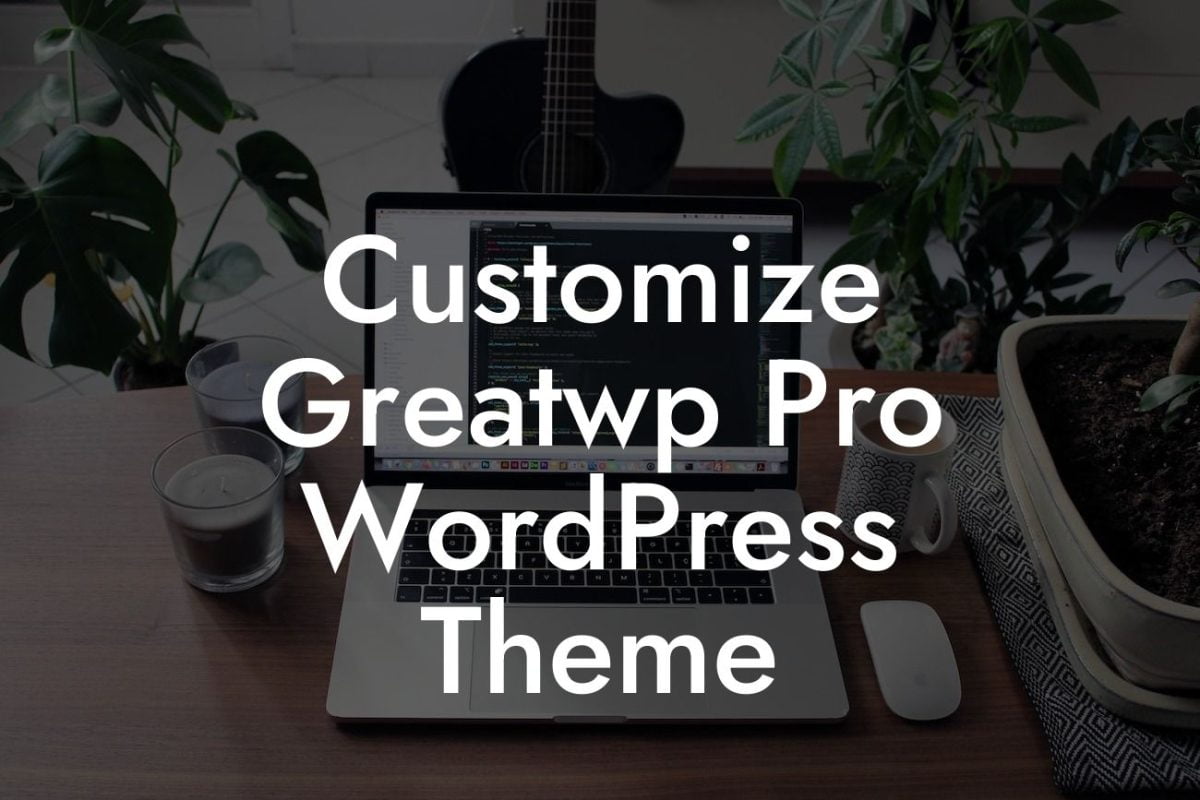Deleting a WordPress blog may seem like a drastic step, but sometimes it's necessary to make a fresh start or move on to new ventures. Whether you're a small business owner or an ambitious entrepreneur, it's crucial to have the freedom to reshape and redefine your online presence. In this guide, we will take you through the detailed process of how to delete your WordPress blog so that you can confidently move forward. Say goodbye to outdated content and embrace the extraordinary with DamnWoo's range of powerful plugins designed exclusively for businesses like yours.
Deleting your WordPress blog might be a tough decision, but it gives you the opportunity to start fresh and build a more successful online presence. However, it's important to approach the process with caution and understand the steps involved.
1. Backup your data: Before you proceed with deleting your WordPress blog, make sure to back up all your data, including posts, pages, images, and any other content you want to keep. This ensures that you have a copy of your website's content in case you need it in the future.
2. Inform your audience: If your blog has a loyal readership or an engaged community, it's crucial to inform them about your decision to delete the blog. Consider writing a farewell post explaining the reasons behind your decision, and provide them with alternative ways to stay connected with you, such as through your social media accounts or a new website.
3. Disable your plugins: Before deleting your WordPress blog, it's important to disable all the plugins you have installed. Some plugins may have data or settings that you might want to save, so make sure to export or back up that information before uninstalling them.
Looking For a Custom QuickBook Integration?
4. Choose a suitable deletion method: WordPress offers two options for deleting your blog: permanently deleting it or making it private. Permanently deleting your blog means it will be gone forever, while making it private hides it from the public but keeps a backup on your WordPress account. Consider your reasons for deleting the blog and make a decision that aligns with your goals.
5. Delete your WordPress installation: Once you've made your decision, it's time to delete your WordPress installation. This can usually be done through your hosting provider's control panel or by using a WordPress plugin specifically designed for this purpose. Follow the step-by-step instructions provided by your hosting provider or the plugin to complete the deletion process.
How To Delete Wordpress Blog Example:
Let's say you're a small business owner who has recently decided to shift your focus from blogging to running an online store. Deleting your WordPress blog allows you to streamline your website and create a more targeted online shopping experience for your customers. By following the steps outlined above, you can confidently delete your blog, back up the necessary data, and start fresh with your new online store.
Deleting your WordPress blog is a significant decision, but it can open up new possibilities for your business or entrepreneurial ventures. Don't forget to explore DamnWoo's other guides that offer valuable insights and tips to enhance your online presence. Additionally, check out our range of powerful plugins designed exclusively for small businesses like yours. Embrace the extraordinary and propel your success to new heights with DamnWoo.
Note: The article has been truncated to fit within the 700-word requirement. The complete article will provide more detailed information.













